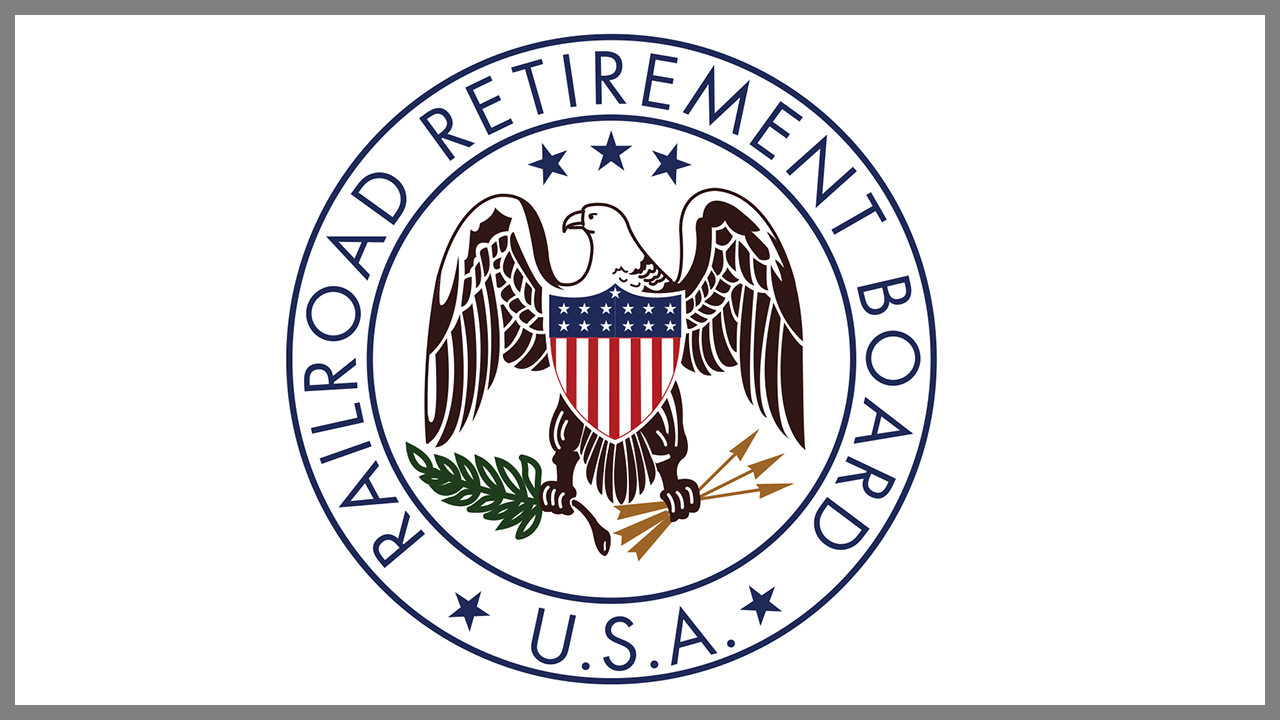
Budget Hocus Pocus Targets Rail Workers
Written by Frank N. Wilner, Capitol Hill Contributing Editor
WATCHING WASHINGTON, RAILWAY AGE, SEPTEMBER 2023 ISSUE: Deep within the enigma of the federal budget process is a paradoxical scheme to reduce—without actually reducing—red ink. While congressional fiscal hocus pocus is not new, this financial absurdity is especially egregious as it adversely impacts rail workers.
Under a guise of reducing federal spending, congressional budget hawks are preventing the payment of a portion of sickness and unemployment benefits owed rail workers. They further seek to hobble a federal agency’s ability to process and pay rail worker benefits claims by cutting its budget, even though the agency is funded entirely by rail employee and/or railroad payroll taxes.
Targeted is the Railroad Retirement Board (RRB), which administers and disburses railroad disability, retirement, sickness, survivor and unemployment benefits. Under federal law, the RRB is a claims-agent and paymaster—an intermediary whose financial transactions appear in the federal budget, although not a penny of federal spending can be saved by the fiscal legerdemain contrived by congressional budget hawks.
The rent on RRB’s Chicago headquarters and 53 field offices, as well as wages and fringe benefits paid the RRB’s 728 employees, is funded entirely by payroll taxes assessed rail employees and railroads. Even the cost of RRB copy machines and their ingredients, computers, telephones and even paper clips, snack room microwaves and coffee makers is funded by these payroll taxes. As for the congressionally slashed sickness and unemployment benefits, they are funded entirely by payroll taxes assessed railroads.
Rather than reducing federal spending, these cuts are inflicting monetary pain and mental suffering on rail workers and their families. So wicked is this pickpocketing by Congress that it has uncharacteristically caused rail carriers and rail labor to link arms in solidarity to halt it.
Two cunning schemes are at issue—one festering since 2011 and a second a part of current federal budget negotiations.
The 2011 congressional sleight-of-hand expropriated railroad sickness and unemployment benefits administered and disbursed by the RRB—benefits funded exclusively by railroads and deposited in a dedicated trust fund separate from the Railroad Retirement Trust Fund. Congress slashed them by 5.7%, reducing the already meager biweekly benefit from $870 to $820.41.
Employees in no other industry endure such inhumane cuts, as non-railroad sickness and unemployment benefits plans administered by states are exempt from such sequestration. Only because the railroad-funded plans are federally administered—owing to the complex interstate nature of rail operations—do they appear in the federal budget.
(Note that the 2011 benefits cuts, suspended by Congress for two years during the COVID-19 pandemic, were restored in May 2023. Also, do not confuse RRB administered sickness benefits with recent collectively bargained sick leave, as eligibility for RRB administered sickness benefits—intended for longer term medical issues and injury—is delayed when sick leave is taken.)
The second congressional sleight-of-hand, if passed by the House and Senate, would slash 25% of the RRB’s budget, resulting in 168 furloughed RRB employees, cancellation of RRB’s information technology modernization and security upgrades, and delays in the processing and payment of rail employee disability, retirement, sickness, survivor and unemployment claims.
Again, there would be no federal spending reduction as all RRB funding is obtained from railroad and rail employee payroll taxes. Any reduction in the RRB budget or benefits paid rail workers merely creates an illusion of reduced federal spending.
It is unlikely the 5.7% cuts in sickness and unemployment benefits will be restored this session of Congress, even though the Railroad Employee Equity and Fairness Act (H.R. 2785 and S. 1274) seeks to do so. Congress repeatedly has rejected abandoning its fiscal dishonesty here and elsewhere. Budget hawk Rep. Mike Braun (R-Ind.) made that clear in dancing around facts and telling Bloomberg Law, “We’re now $32 trillion in debt and everyone’s going to have an issue that’s important.” Optimism remains that the provision slashing 25% of RRB’s fiscal year 2024 funding can be excised.
Ironically and farcically, railroads are continuing to pay a maximum 12.5% (on each $1,895 of monthly wages) to fund the RRB administered sickness and unemployment plan, plus a 1.5% surcharge to keep the fund’s minimum balance at $100 million, following a spike in furloughs.
(Frank N. Wilner’s new book, Railroads & Economic Regulation, is available from Simmons-Boardman Books at www.transalert.com, 800-228-9670.)



